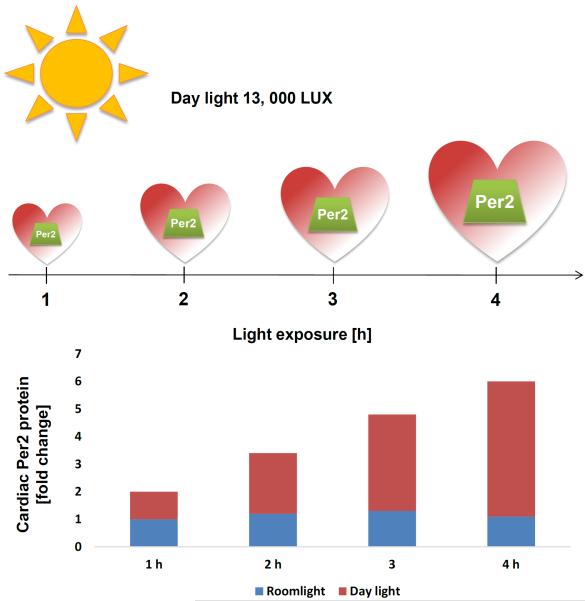Figure 2. Light-elicited cardiac Period 2 stabilization.
A hallmark of the mammalian circadian pacemaker is its ability to be synchronized by light, thus allowing organisms to adapt to temporal variations of natural light conditions. Photic stimuli are transmitted from the retina to target neurons in the brain, where they are transduced to the molecular clockwork. Light activation of melanopsin receptors in the retinal ganglion cells lead to the transcriptional induction of Period 2 (Per2) and concomitant synchronization. Peripheral tissues display oscillations in Per2 expression similar to those of the brain, probably through secreted signaling molecules. Following exposure to 12 h of darkness, wildtype mice were exposed to indicated times of daylight (13,000 lux) and compared to controls that were maintained at room light (200 lux). Analysis of cardiac Per2 protein levels revealed a significant protein increase - in a time dependent manner - following daylight exposure when compared to room light.

